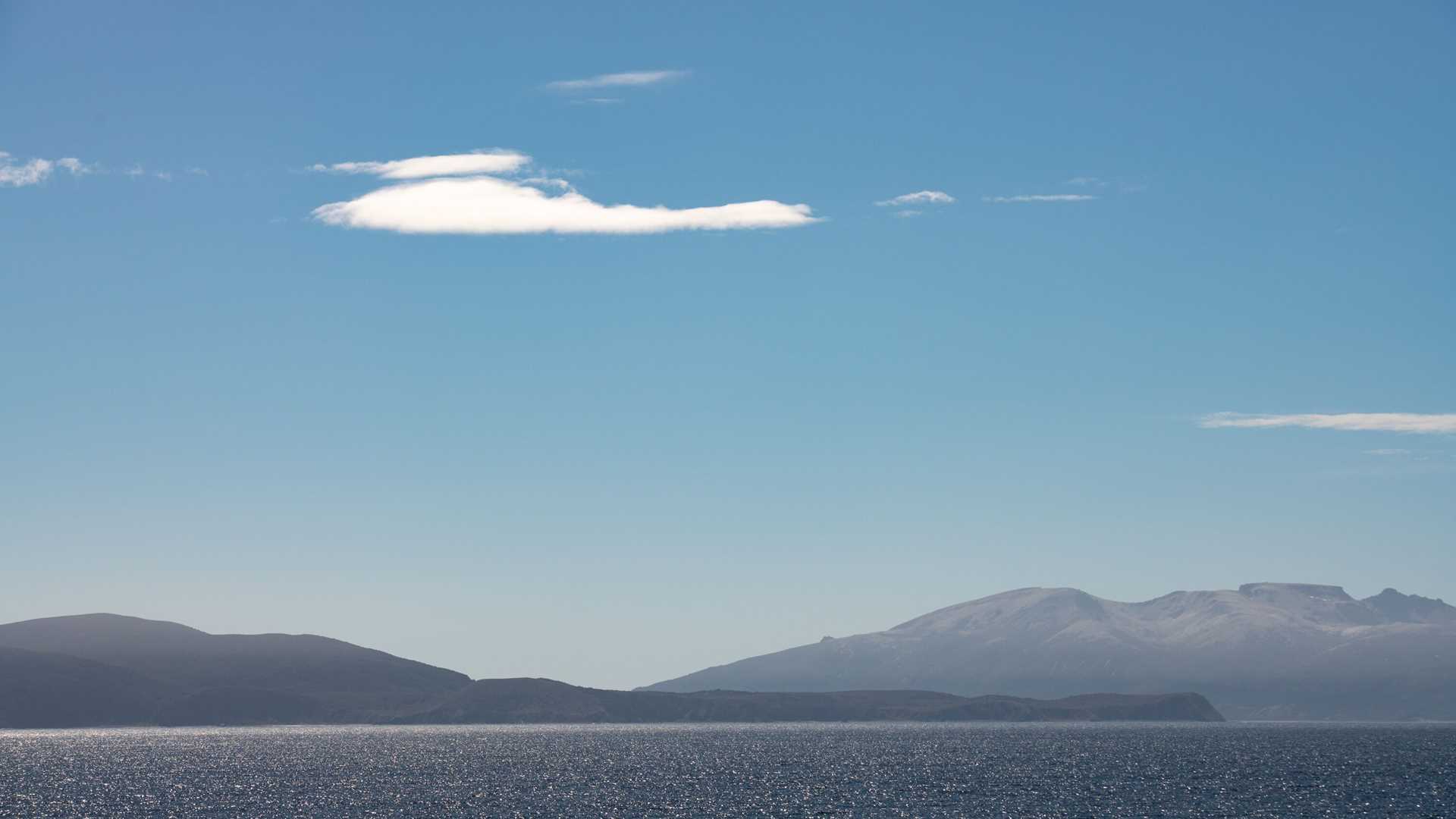This morning was spent at sea. We had little sense of direction given the vastness of the open Drake Passage. This always begs us to ask how other species orient at sea. Today, we saw black-browed albatrosses, sooty shearwaters, dusky dolphins, skuas, and more. How do they get home?
Current research notes that proteins in the rods and cones in the eyes of many seabirds are activated by the blue end of the light spectrum, which helps them visually detect the various angles and irregularities of our magnetic field.
Irregularities in our magnetic field could come from large metal bodies concentrated in the Earth’s crust, which might throw off the normal arch of magnetism and create an irregularity that could be used as a signpost for animals coming and going from the uniformity of the sea. This, an incredible sense of smell, and the fact that sound travels well through water and can bounce off landmarks and submarine features ahead are just some of the ways that sooty shearwaters, black-browed albatrosses, and dusky dolphins orient in the vastness of sea and sky that we spent the last two days transiting.
Welcome home, fellow travelers!







